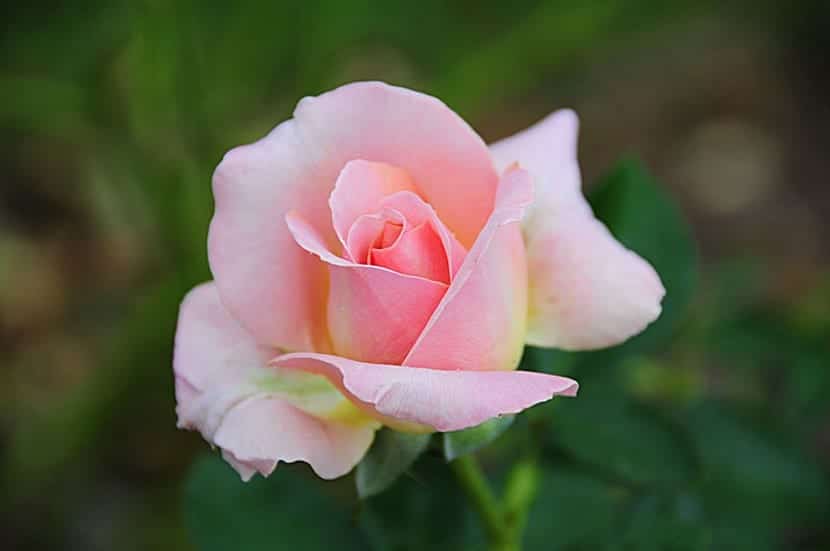
I told you about the different types of roses that exist so that you can know the varieties that you can choose.
On the one hand, there are wild roses, those that are born spontaneously, the fruit of nature. Then there are the calls old roses, which are the varieties of roses prior to 1867, the year that coincides with the birth of the first tea rose and finally the modern roses, the modern roses, that is to say the versions after the year 1867.
Today we dedicate ourselves to knowing more about the tea roses as they marked a milestone in the evolution of this species.
Origin of the tea rose

All the tea roses are ancient flowers that are born from the crossing of two varieties. The first is the Giant rose, a native flower that grows at the foot of the Himalayas - in India, northern Burma and China - which is also the largest species of roses. The second is the Rosa chinensis, also known as Chinese rose because it is native to central China.
This is a very popular rose that is also known as tea-type roses. Is native to the East and it is said that its name is born because when the flower first arrived in the West, they did it in tea boxes. But that's not all, the aroma of these flowers also has some note reminiscent of tea and that is why its baptism.
Although they are originally from the East, today there are european versions that were born when two eastern species interbred. From the mixture of Tea Yellow China with Blush China, the safrano pink, the first European tea rose. Of an intense yellow color, its name is linked to the color of saffron.
Starting in the XNUMXth century and after the introduction of this beautiful rose in Europe, tea roses began to be cultivated in many areas, especially in France, where different versions were born as a result of successive hybridizations. The China roses with Bourbon and Noisettes, Among others.
Features
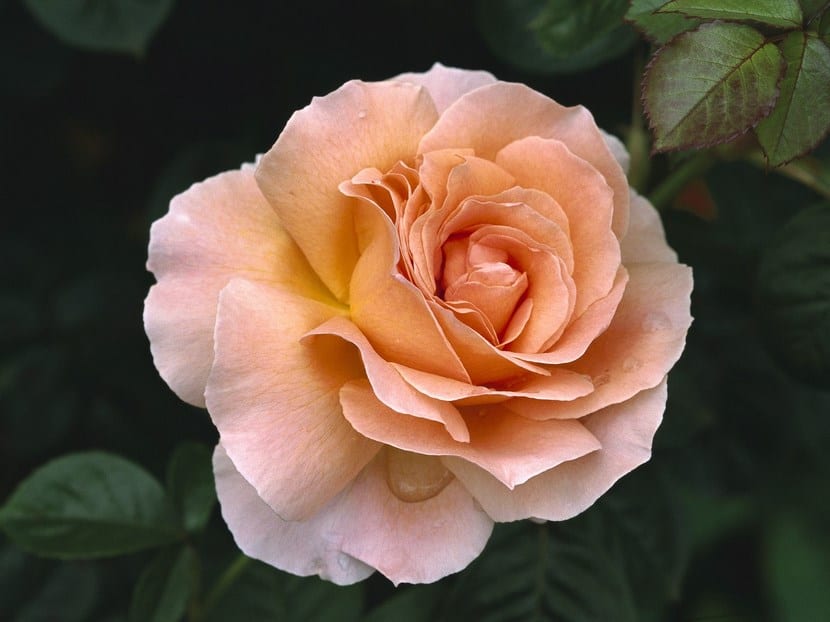
The typical tea roses are pastel in color, from white to pink and yellow. Another characteristic is that it is common for the flowers to be somewhat drooping due to the weak flower stems. They are flowers that resemble old rose bushes in appearance and can bloom independently or in groups, although always from summer to fall. The color of the flowers contrasts with the pale green of the leaves, forming a perfect pair.
Among the latests Moravia's compositions varieties of tea rose there are the Rival de Peatrum, from 1841, the Gloire de Dijon, from 1853, the Maréchal Niel, in yellow and the Lady Hillingdon, designed in 1910. But these are just a few as there are hundreds of varieties that have been born since the original tea rose will arrive in Europe.
What are the care of the tea rose?
If you want to enjoy one specimen (or several), I recommend that you provide it with the following care. As you will see, they are not difficult, but it is important to keep some things in mind so that you grow up with health:
Location
It is a bush that has to be abroad, preferably in full sun but tolerates semi-shade.
Another option is to place it in a bright interior patio, although as it is resistant to cold, it is more advisable to grow it outside the home.
Earth
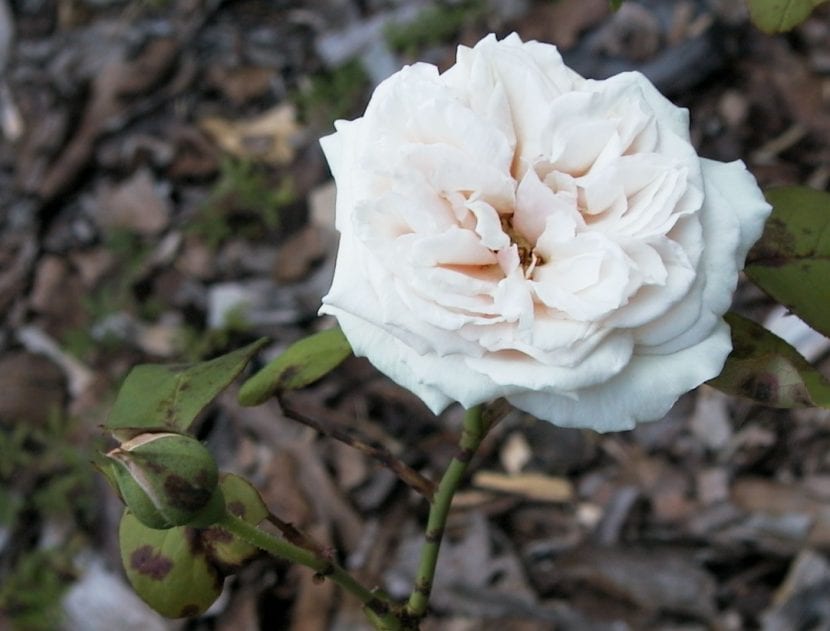
- Flower pot: not demanding. You can fill it with the popular universal substrate sold in any nursery, garden store or right here. To improve its drainage, mix it with 20 or 30% perlite, akadama, arlite or similar.
- Garden: grows in soils rich in organic matter, light and with good drainage.
Irrigation
Like the rest of rose bushes, the tea rose wants a lot of water, but without going overboard. During the summer it may be necessary to water every 2 or 3 days, and the rest of the year once or twice a week. If you have it in a pot, water until the hole comes out through the drainage holes; and if it is in the garden, pour water on it until you see that the soil is well moistened.
Subscriber
It is advisable to pay from spring to summer with specific fertilizers for rose bushes (for sale here) following the instructions specified on the package.
Pruning the tea rose
Throughout the flowering season you have to cut the withered roses so that they come out new and of equal or better quality. Also, at the end of winter you should prune their stems a lot (more or less you should lower their height by half) in order for new ones to emerge.
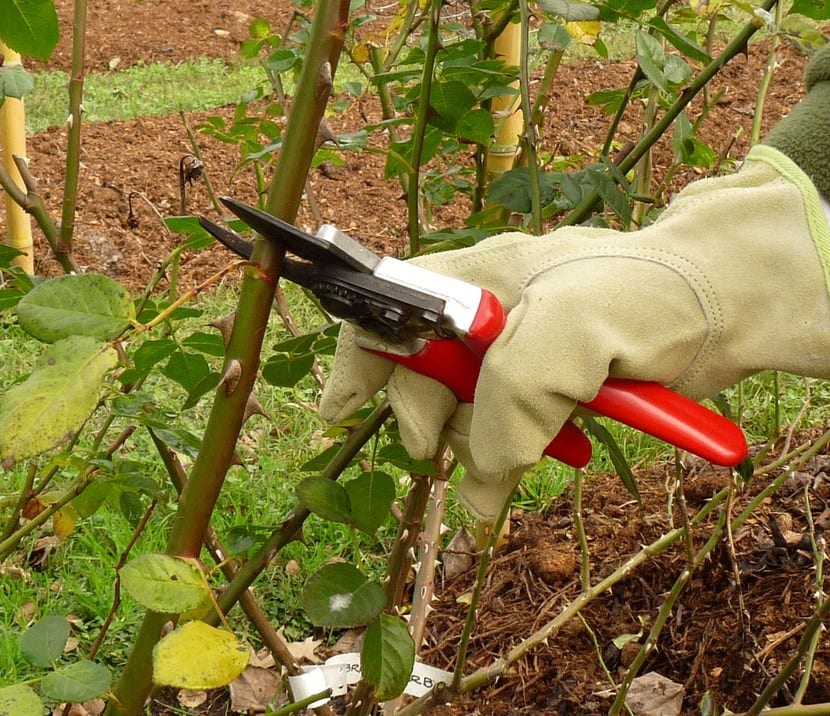
Use pruning tools previously disinfected with pharmacy alcohol, as otherwise there could be a risk of infection.
Multiplication
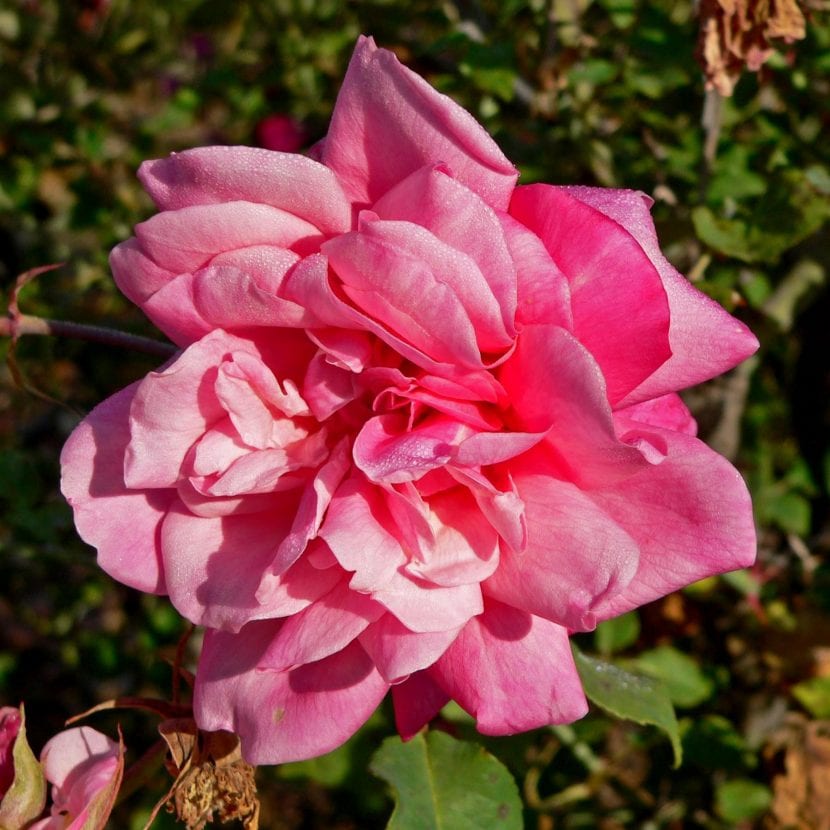
Image - Wikimedia / Stan Shebs
The tea rose multiplies by cuttings in late winter, taking advantage of the cut stems. It is very simple, since you only have to plant them in individual pots with universal substrate and keep them watered, in a place protected from direct sun.
It is interesting to impregnate the bases of the stems with homemade rooting agents or with rooting hormones, but it is not mandatory, much less since they usually root without difficulty. There are even those who plant them directly in the garden.
After 15 to 20 days you will get new copies.
Pests and diseases of tea rose
Pests
It has several: aphids, Red spider, White flymealybugs trips, earwigs, miners, nematodes, and grasshopper. But do not worry, fortunately there are natural insecticides that will keep them away or eliminate them, such as diatomaceous earth or potassium soap (for sale here). You can also spray it with water and mild soap.
Management
Powdery mildew y roya they are the most common. They are fungal (fungal-borne) diseases that are treated with copper-based fungicides.
Planting or transplanting time
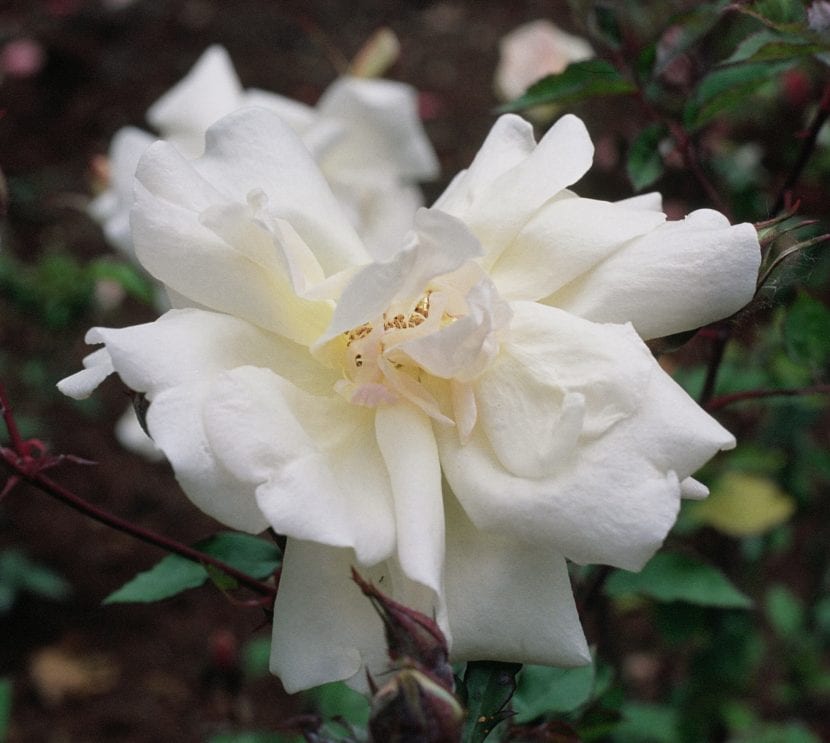
Image - Wikimedia / A. Bar
En spring, when the frosts have passed.
Rusticity
It resists frosts of up to -12ºC.
Enjoy your copy of tea rose 🙂.